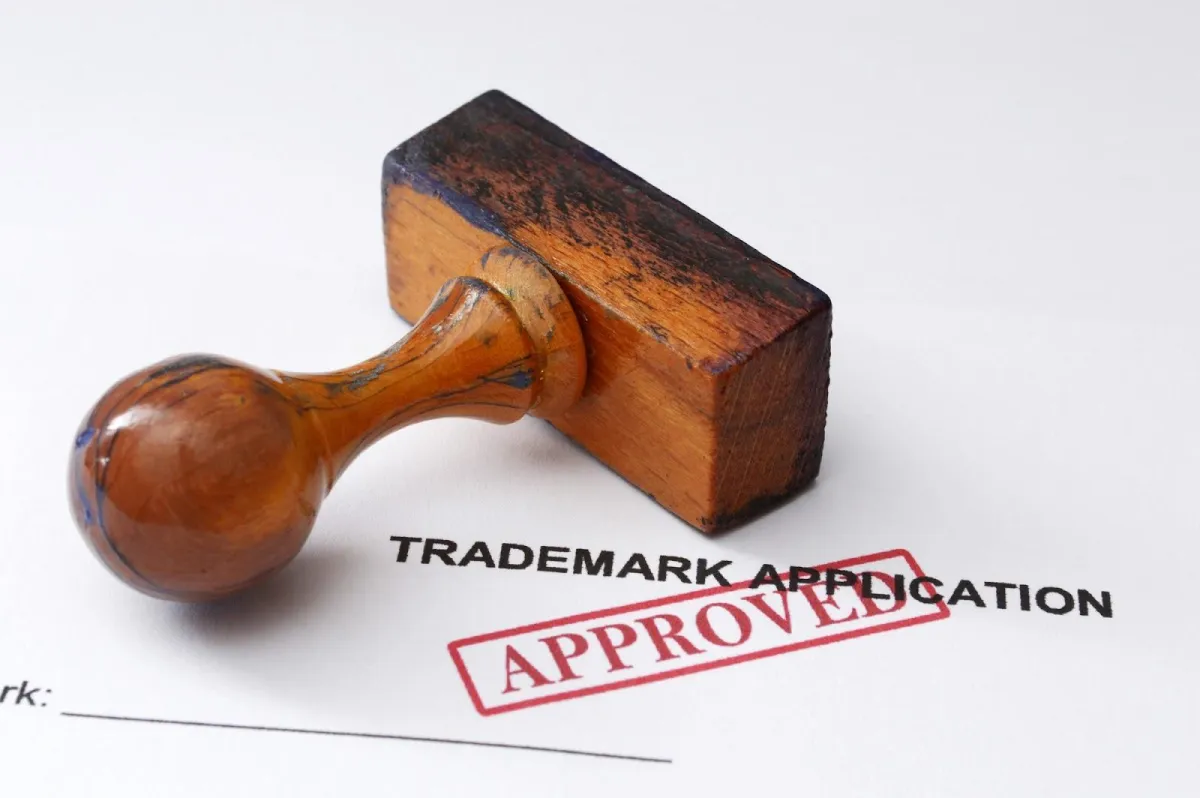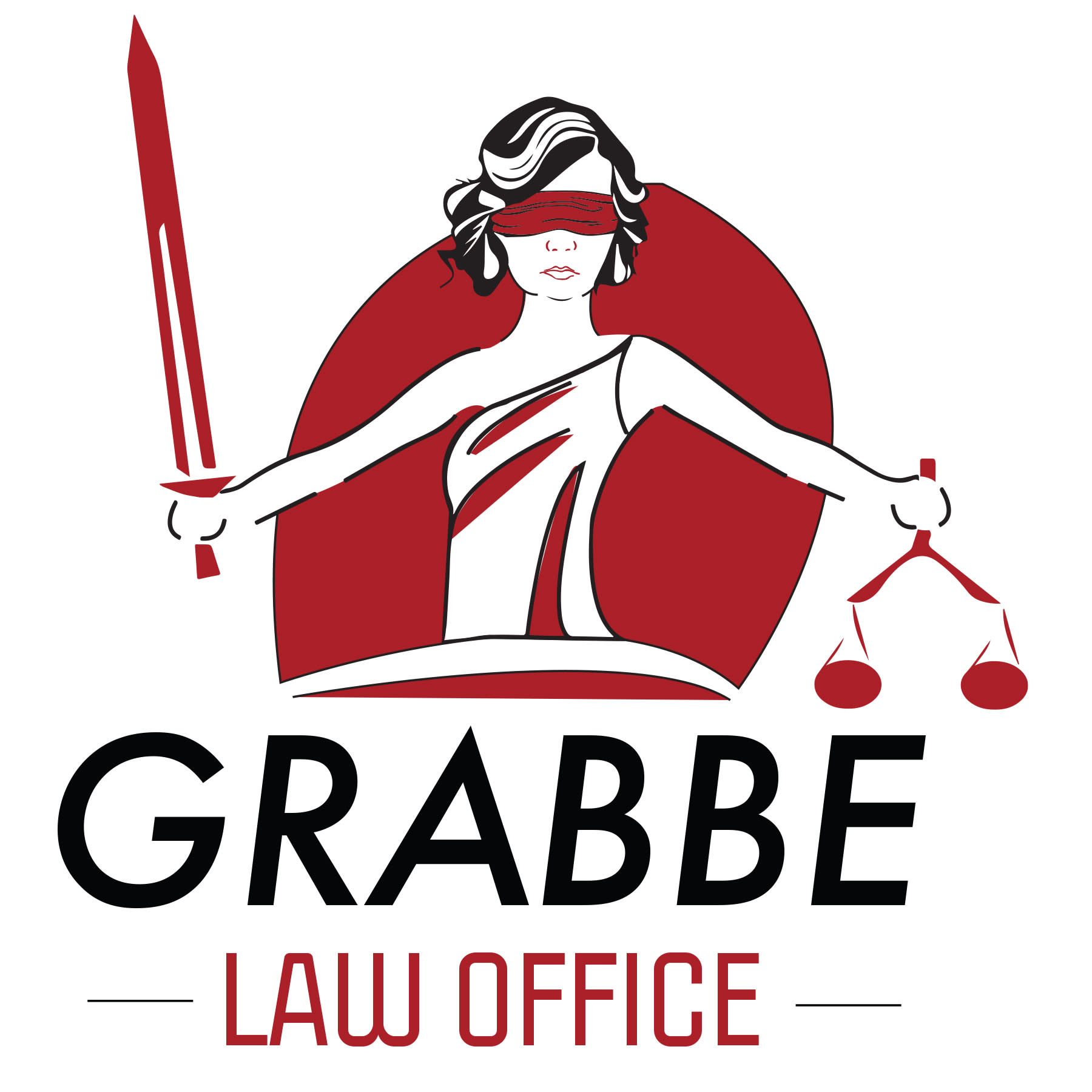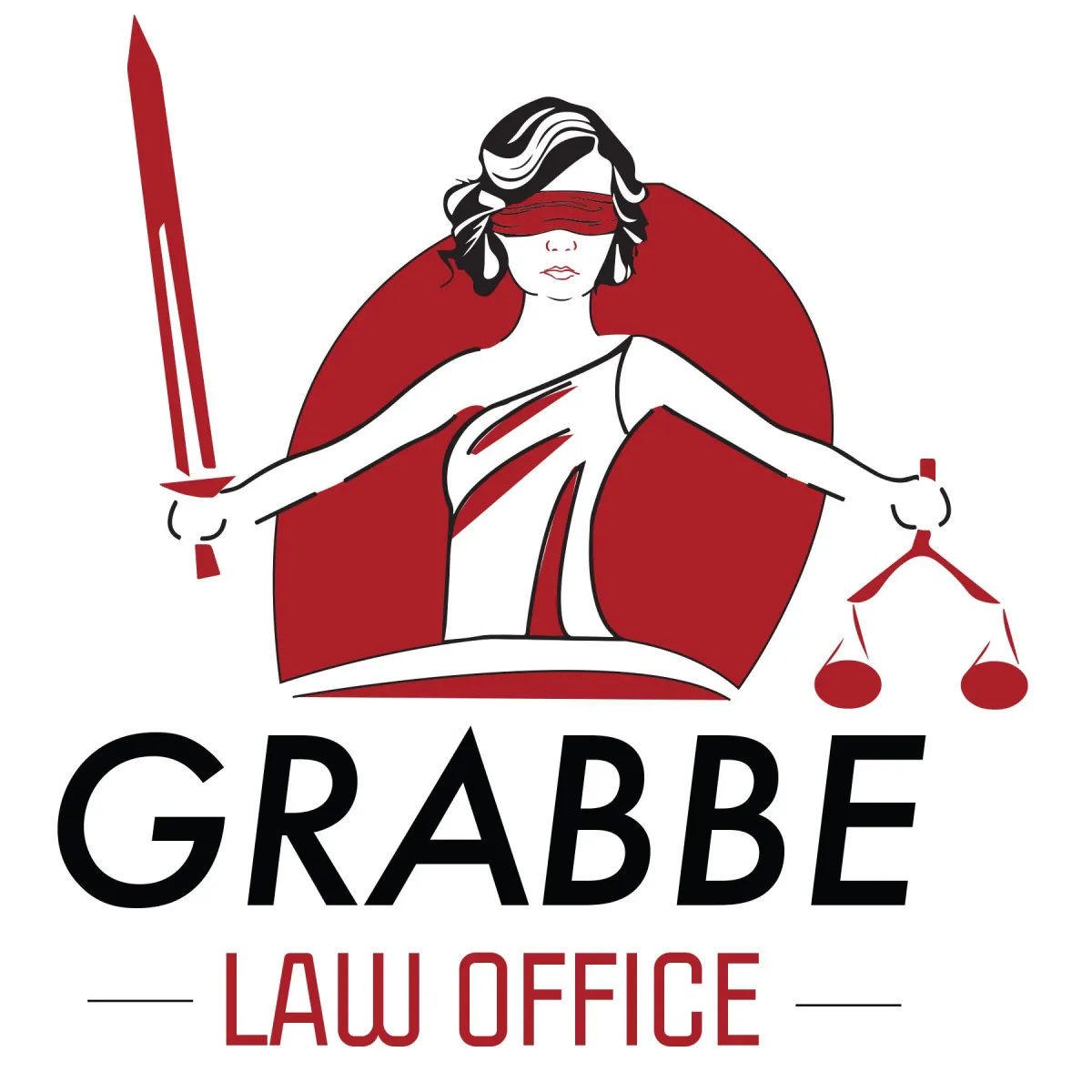Welcome to the Blog!

How An IP Attorney Can Help Overcome The Likelihood Of Confusion Rejection
Registering a trademark is a challenging task, mainly due to the significant benefits brought by trademark registration such as federal protections against trademark infringement, resulting in a substantial number of rejections annually. One major hurdle associated with registering a mark relates to the possibility of confusion, a common reason for the United States Patent and Trademark Office (USPTO) rejecting an application. Learn how an IP attorney can help individuals and firms avoid a trademark registration rejection based on the likelihood of confusion, and speak to a seasoned Hays intellectual property attorney from Grabbe Law Office to get answers to your trademark-related queries by booking a free 15-minute consultation.
What Are the Key Elements of a Likelihood of Confusion?
Per § 2 (15 U.S.C. § 1052) (d) of the Trademark Act, trademarks linked to goods distinguishable from others can gain registration provided the mark does not resemble an already registered trademark, or a trade name or mark previously used by another party and not disregarded, in such a way as is likely to confuse or deceive others, or result in mistakes, when used with the applicant’s products. Below are some key factors contributing to the USPTO refusing a registration based on the plausibility of confusion:
Similarity of trademarks in terms of commercial impression, connotation, sound, and appearance
Similarity of trade channels
Similarity of sales conditions and buyer types
Reputation of similar marks in terms of advertising, registration length, and sales
Nature and number of similar trademarks used with similar products
Extent and nature of actual/possible confusion (minimal vs. substantial)
How Do You Prove a Likelihood of Confusion in Trademark Law?
To prove a trademark may likely cause confusion, three types of evidence apply. The first is proving actual confusion, which is strong evidence but challenging to acquire and could be inconsequential if the incidents occurred a few times. Secondly, there is survey evidence, which helps determine the mark’s impact on commerce, but strict standards apply to survey evidence for it to be admissible, relating to the method of collecting responses, questionnaire design, and survey group demographics. The third evidence type is when a judge applies their own observations and experience to determine whether the trademark is likely to cause confusion, requiring an analysis of whether the mark would confuse a reasonable buyer.
Discover how an IP attorney can help with overcoming the likelihood of confusion refusal. Contact an experienced Kansas intellectual property lawyer from Grabbe Law Office today to arrange a consultation.
How To Overcome the Likelihood of Confusion Rejection
To help prevent or reduce the chances of an examining attorney from the USPTO from finding that a mark is likely to cause confusion, trademark owners can adopt various preventive and corrective strategies. Outlined below is an explanation of these approaches.
Corrective Approaches
Corrective approaches for overcoming a rejection from the USPTO based on the plausibility of confusion are strategies that can help turn an initial refusal into an accepted registration. Examples of these corrective strategies include the following:
Argue against rejection: Start by submitting evidence and arguments demonstrating there is unlikely to be confusion between a pending application and existing registration. Be sure to address any concerns raised by the examining attorney, keep arguments concise and persuasive, and include surveys or declarations to strengthen these claims; focus the arguments on the mark’s distinctiveness, good/service dissimilarity, geographical separation, distribution method, consumer, and trade channel differences, and different marketing and advertising efforts.
Petition to cancel an existing registration: Consider challenging a similar, existing registration’s validity by submitting a cancellation petition. Although time-consuming and potentially costly, pursuing this legal process could remove the obstacle of a similar trademark if successful; valid grounds for pursuing this route include genericness, fraud, the possibility of confusion, and abandonment.
Seek a mutual use agreement: One strategy entails approaching the owner of a similar registered trademark and seeking an agreement enabling mutual use without the possibility of infringing the other party’s rights. This agreement might include clauses covering indemnification, dispute resolution, geographic area, and quality control, as well as the mark’s use and scope.
Adjust the application: Another approach involves modifying an application to reduce similarity with other marks and improve its chances of avoiding a refusal, such as reducing the number of listed goods or services on the application or changing the mark itself to boost its uniqueness.
Ask for an application suspension: While likely to lengthen the registration process, a prospective registrant could ask the USPTO to suspend their application, and avoid a potential refusal, while awaiting the conclusion of any pending civil actions concerning the mark or cancellation petitions against other registered marks.
Give evidence of no confusion: If an examining attorney from the USPTO thinks a pending trademark is likely to cause confusion, one solution is to prove the mark has caused no actual confusion; for instance, by providing statements demonstrating how the trademark owner used the mark for several years without reports of confusion with another trademark.
Preventive Strategies
By contrast, preventive strategies for overcoming the possibility of confusion refusal help discourage the USPTO from rejecting a mark’s registration in the first instance. Here are some examples of these strategies:
Complete thorough research: Carrying out comprehensive searches can help prospective registrants avoid submitting applications for marks that are similar to existing registrations, which the USPTO is likely to reject. This includes searching the USPTO’s trademark database, state registers, social media platforms, online directories, and domain names, as well as utilizing search engines, to check for existing identical or similar trademarks.
Use a unique trademark: Unique trademarks are more likely to obtain registration; these include symbols or words with no association with the products or services they identify, as well as symbols or words that have obtained an additional meaning with respect to the goods or services connected with them. Conversely, descriptive, generic, or suggestive marks are more challenging to register due to their lack of uniqueness.
Utilize the mark with distinctive products and services: Make sure the trademark relates to unique products and services as much as possible by avoiding vague or broad descriptions in the application. Instead, use precise terms to outline the offerings’ features, purpose, nature, and function.
Contact a Kansas IP Attorney Today
According to the USPTO, the plausibility of confusion is one of the most common grounds for rejecting a mark’s registration. However, through effective strategic planning and strong attention to detail, businesses and individuals can improve their chances of avoiding a trademark registration refusal linked to this concept and help safeguard their brand’s identity. Find out more about how an IP attorney may assist individuals and businesses with overcoming the rejection of a trademark application based on the likelihood of confusion, and learn how a seasoned Kansas intellectual property attorney might help existing and prospective trademark owners; contact Grabbe Law Office to schedule a free 15-minute consultation.








